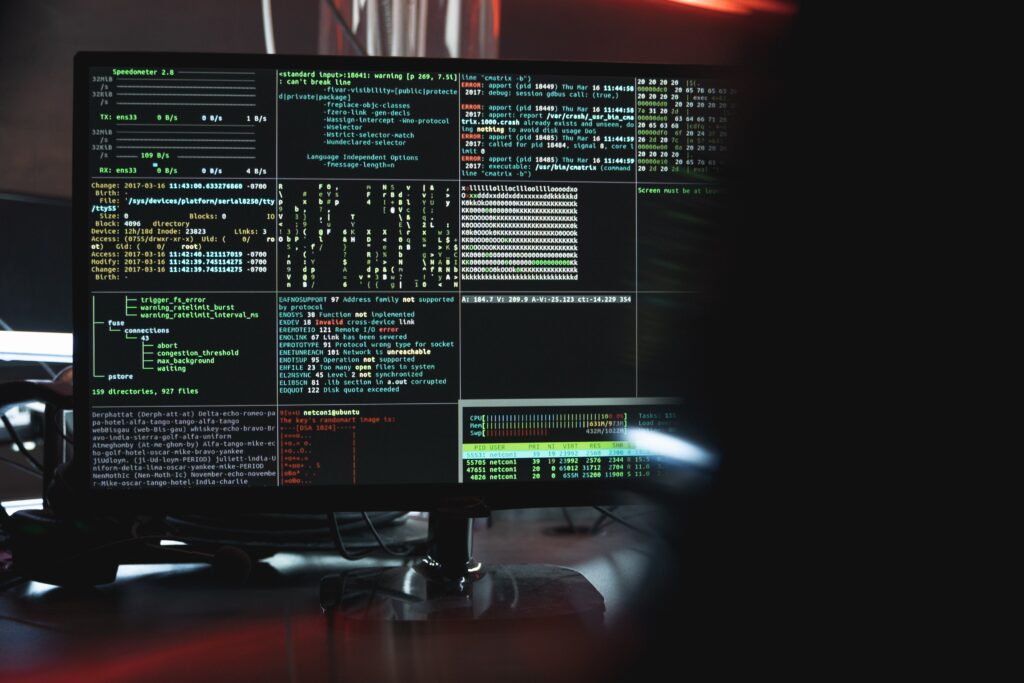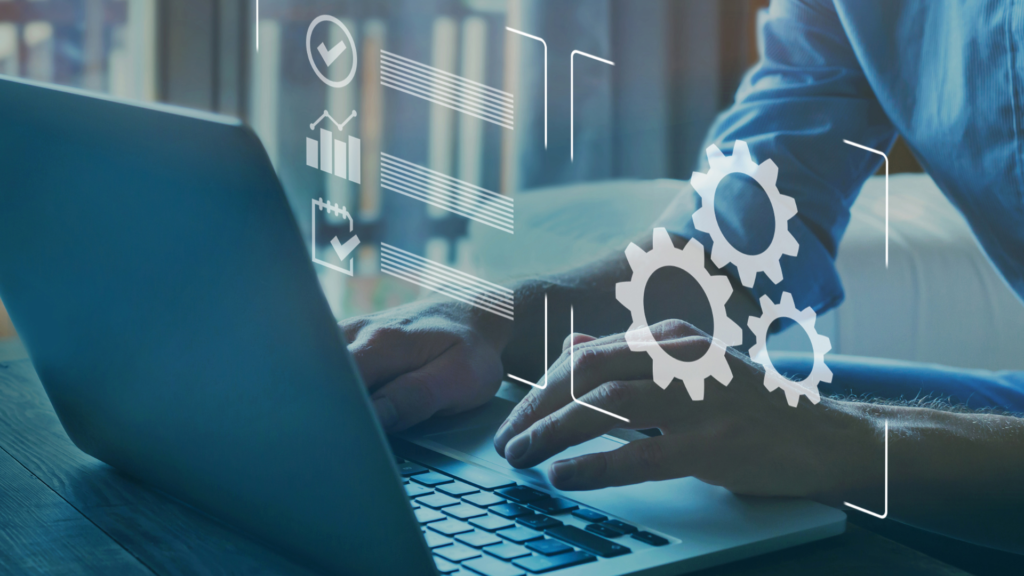In our current hyper-connected reality, digital technology is subject to a constant state of flux, accompanied by a corresponding evolution of the associated hazards. The ascendance of machine-driven hacking represents a grave development within the world of cyber security. This blog explores the occurrence of automated hacking, its consequences, and the actions being implemented in response to this expanding online danger.
What is Automated Hacking?
Automated hacking is related to the utilization of computerized tools, frequently carried by artificial intelligence (AI) and machine learning (ML) algorithms, to execute cyberattacks with limited human involvement. These tools are created to take advantage of weaknesses in computer systems, networks, and software with unparalleled velocity and magnitude.
Historical Context
Although the rise of automated hacking has been noticeable in recent times, it can be traced back to earlier instances of cyberattacks, including worms and viruses. Nonetheless, the complexity and widespread of automated hacking tools have experienced an immense increase in the era of electronic advancements.
Kinds of Machine-Driven Hacking Instruments
- Botnets: Botnets are assemblages of compromised computers or devices that operate under the sway of a central command-and-control server. They can be employed to instigate Distributed Denial of Service (DDoS) attacks, seize sensitive information, or propagate harmful software.
- Malware: Malware in its brief form — malicious software — comprises viruses, Trojans, and ransomware. Automated malware has the ability to worm itself into computer systems, encrypt data and demand payments sans any human intervention.
- AI-Powered Tools: The combination of AI and ML in cyberattacks has led to the development of intelligent, flexible malicious software and hacking methods. These tools have the ability to acquire knowledge from their accomplishments and mistakes, rendering them increasingly powerful.
Motivations Behind Automated Hacking
Automated hacking is driven by various factors, such as monetary benefits, intelligence gathering, and ideological motivations. The possibility of immediate financial gains and the ability to remain unidentified make it an appealing option for individuals involved in illegal online activities.
Recent Examples of Automated Hacking Attacks
Recent well-known automated hacking incidents involve malicious software attacks on healthcare organisations amid the COVID-19 outbreak and cyber espionage operations supported by governments aimed at vital systems.
The Evolving Landscape of Cybersecurity
Traditional Cybersecurity vs. Automated Hacking
Conventional measures for safeguarding against cyber threats frequently face difficulties in keeping up with the rapidity and complexity of automated hacking endeavors.
Challenges Posed by Automated Hacking
- Speed and Scale: Automated tools with malicious goals possess the capability to conduct simultaneous scans and attacks on numerous systems, thereby putting immense pressure on even the most defended networks.
- Advanced Techniques: AI-powered strikes possess the capacity to adjust to evolving situations, making them hard to be prepared for and safeguard against.
- Anonymity: Automated attacks may originate from various global locations, causing the task of tracking their sources quite challenging.
The Vulnerabilities in Today’s Digital World
Targeted Sectors: Automated hacking is impartial; it focuses on different domains, such as monetary, medical, and vital systems. These areas hold significant appeal because of the possibility of economic benefit or chaos.
Common Attack Vectors
- Phishing: Automated phishing attacks use AI to create convincing electronic messages that deceive individuals into revealing confidential data or downloading malicious software.
- Ransomware: Ransomware attacks, in which data is encoded and a monetary demand is made for its decryption, have experienced a rise in automation and financial gain.
- Zero-Day Exploits: Automated tools possess the capability to rapidly detect and utilise weaknesses in software prior to developers being able to address them.
Countermeasures and Defense Strategies
- Regular Patching and Updates: Regularly keeping software and systems up to date aids in reducing vulnerabilities that are frequently exploited by automated hackers.
- Employee Training and Awareness: Providing information to staff members regarding the risks associated with automated attacks and imparting knowledge on identifying such threats can effectively prevent financially burdensome security breaches.
Advanced Security Technologies
- Intrusion Detection Systems (IDS): IDS driven by AI can detect potentially concerning behaviours in real-time, facilitating prompt actions to possible risks.
- Machine Learning in Cybersecurity: ML algorithms have the capability to examine patterns and irregularities in network activity, aiding in the detection and prevention of automated attacks.
Collaborative Efforts
- Public-Private Partnerships: Organizations in the public and non-public sectors are progressively collaborating to exchange information on potential risks and harmonise actions.
- Information Sharing: Exchanging relevant details regarding potential risks and weaknesses among different organisations can contribute to strengthening collaborative safeguarding efforts.
Legal and Regulatory Frameworks
Authorities are implementing measures and guidelines to establish accountability for criminals engaging in illegal online activities and to emphasise the importance of cybersecurity for businesses.
The Future of Automated Hacking
- Emerging Threat: As technology progresses, so will the risks. Quantum computing, as an illustration, might conceivably disrupt current encryption techniques, thereby creating fresh possibilities for automated hacking.
- Potential Technological Solutions: Scientists are investigating cybersecurity solutions powered by artificial intelligence (AI) that have the ability to adjust to changing threats and strengthen defensive measures.
- The Human Element in Cybersecurity: Ethical individuals with expertise in computer security and a highly skilled workforce will continue to play a crucial role in the ongoing fight against automated hacking.
Conclusion
Automated hacking remains a significant digital concern that constantly adapts, presenting difficulties for individuals, organisations, and governments. To maintain an advantage over hackers, it is essential to adopt a forward-thinking strategy that utilizes advanced technology in the field of digital security, encourages cooperation, and allocates resources towards enhancing knowledge and skill development. As we traverse the intricate landscape of automated intrusion, the joint endeavor to safeguard our virtual realm remains of utmost importance.
Frequently asked questions (FAQs)
What is the difference between automated hacking and traditional hacking?
Traditional hacking typically involves human hackers exploiting vulnerabilities manually, while automated hacking relies on AI and bots to carry out attacks with minimal human intervention, making them faster and more scalable.
How can organizations protect themselves from automated hacking attacks?
Organizations can protect themselves by implementing proactive security measures, such as regular software updates, employee training, and using advanced security technologies like AI-driven intrusion detection systems.
What motivates cybercriminals to use automated hacking tools?
Cybercriminals are motivated by financial gain, espionage, and ideological reasons. Automated hacking offers anonymity and the potential for quick profits, making it attractive to malicious actors.
Are there any recent examples of automated hacking attacks?
Yes, recent examples include ransomware attacks on healthcare institutions during the COVID-19 pandemic and nation-state-sponsored cyber espionage campaigns targeting critical infrastructure.
How is AI being used in both hacking and cybersecurity?
AI is used by hackers to create smarter and more adaptive malware, while in cybersecurity, AI is employed to detect anomalies, analyze threats in real-time, and respond faster to potential breaches, improving overall defense mechanisms.



